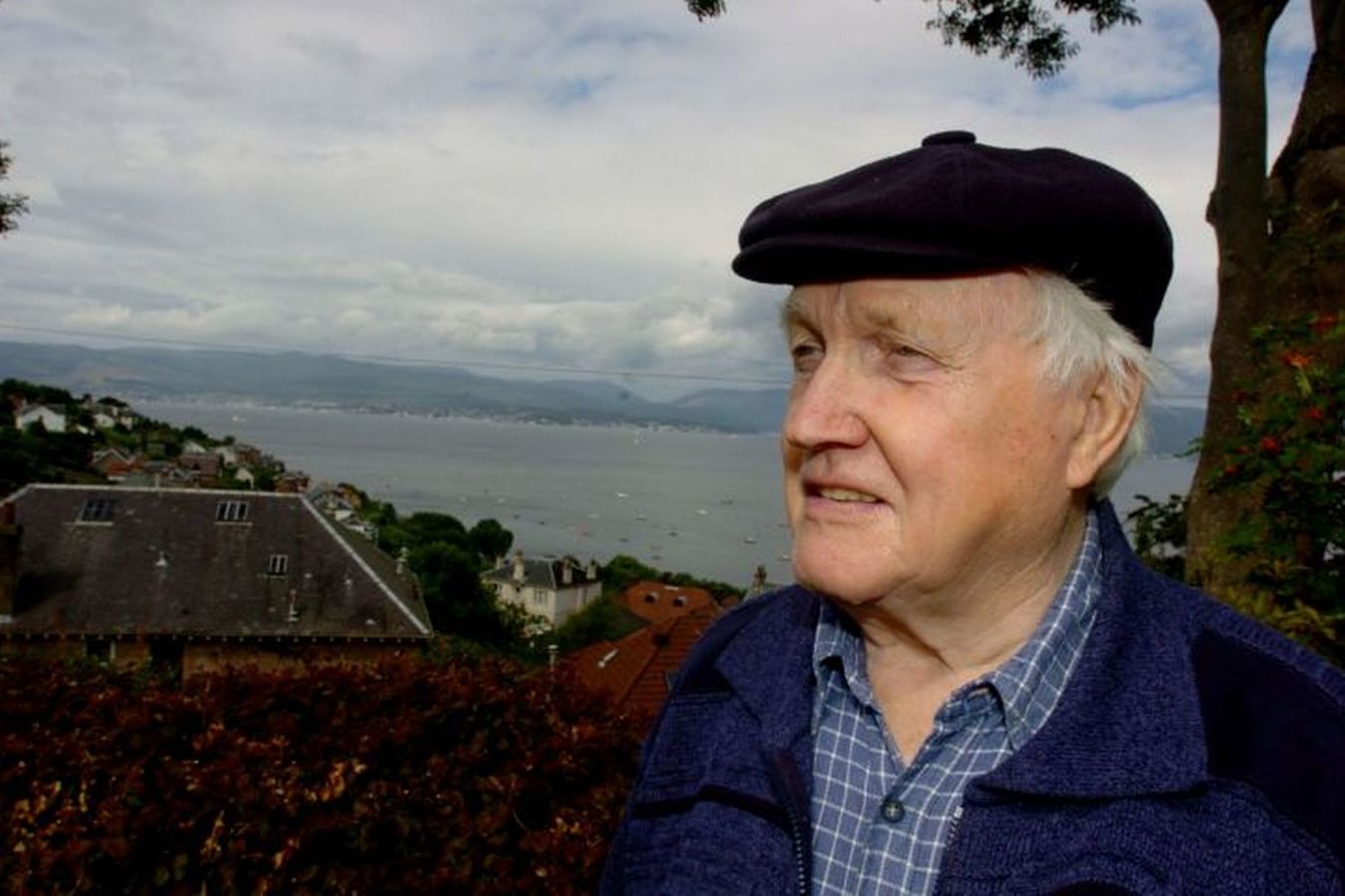Located in the creative warren of Summerhall is the posthumous exhibition of Scottish artist George Wyllie’s work, entitled Keeping The Balance. Aged 90 when he died, Wyllie didn’t enter the art world until his 50s. His art, mainly sculpture, can be summarised as a combination of wit and political poignancy. Wyllie described himself as a sculptor, because as he decrees, ‘the question mark should always be at the centre of everything”. The question mark is also used physically as a visual motif throughout, setting the tone for the provocative nature of the exhibition.
In this small exhibition, Wyllie transcends the decades and provides a pinpointed focus on 20th century political turmoil. His Berlin Burds (1988) installation is supremely wry and astute. The sculpture was of a five-metre high metal bird that was able to look over the Berlin wall. Wyllie’s astute installation, on the surface comical, holds a charged political message. Wyllie, in a critique of the division of Germany mused, “it takes one absurdity to question another”. Wyllie’s sculpture achieves the reaction it wants: initial amusement that develops into a critique of political and physical division. The fall of the wall, less than a year later, is a gratifying end for the irreverent bird and his peering stance. A maquette of the sculpture is on permanent display at the Scottish Parliament Building, its presence a reminder of the Scottish artist’s bid for freedom in Germany through the medium of art.
Wyllie’s work deals with difficult, and politically charged events. Wyllie visited Hiroshima in 1945, there he took poignant photographs of the desolated landscape that alone are historically important, but with Wyllie’s accompanying words on the wall, the photographs transcend mere records; “the culmination of all energies which is Fertility, can be converted by a touch on an idiot switch, to Sterility.” It is his application of wit and insight that captivates.
However, the exhibition, at times surprisingly moving, struggles to slot itself into the old veterinary labs at Summerhall. Everything Wyllie did was grand in scale if not in motive and ambition; his work feels squashed into a series of disjointed rooms with video installations crammed into disused store cupboards. Wyllie was an incredibly important artist who spanned decades, yet in order to visit the exhibition you must be directed by a member of staff through a series of un-signposted corridors, as no maps are provided of the building. In his lifetime Wyllie used sculpture and art to capture the passer-by and provoke a reaction, something that this exhibition fails to do.

